(7814 products available)


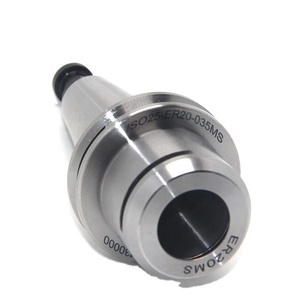

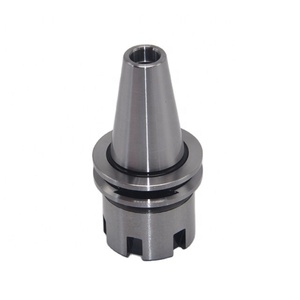
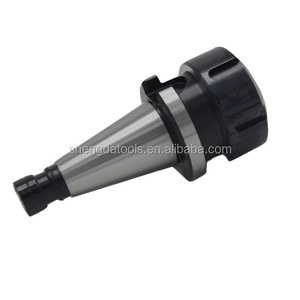




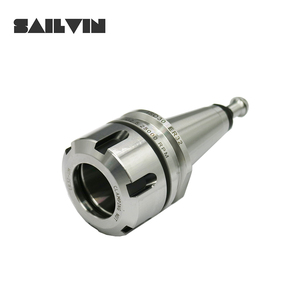



















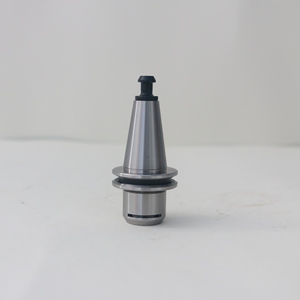

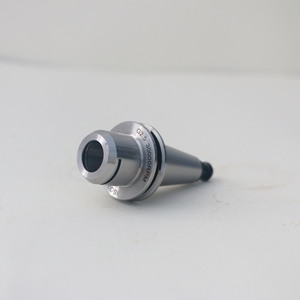
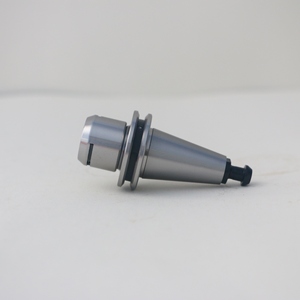

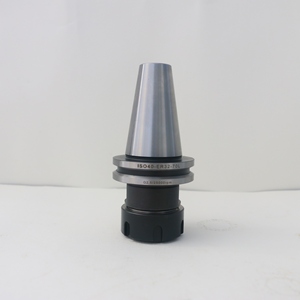



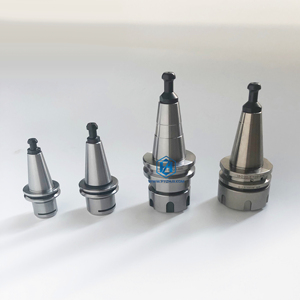




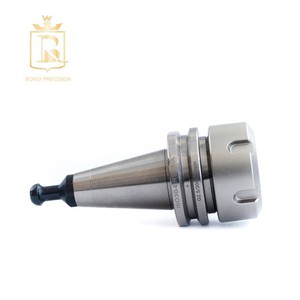
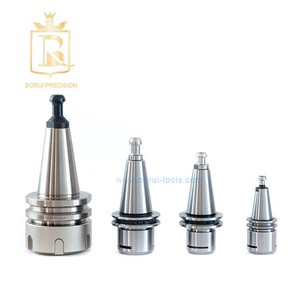
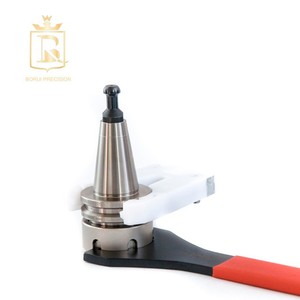




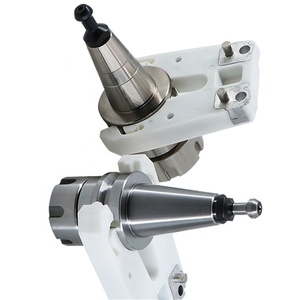


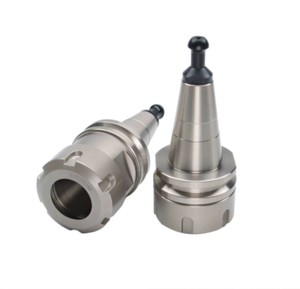







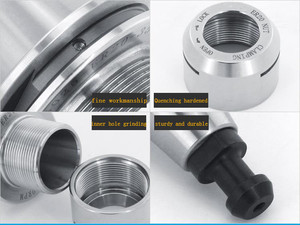



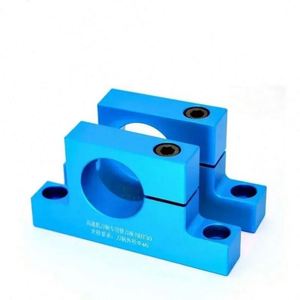

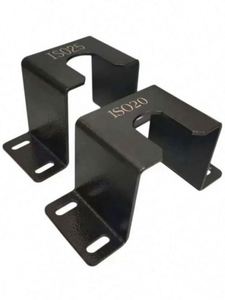

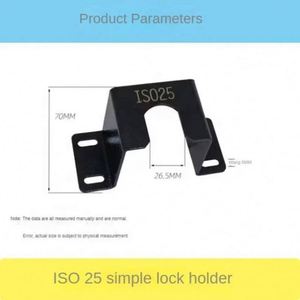
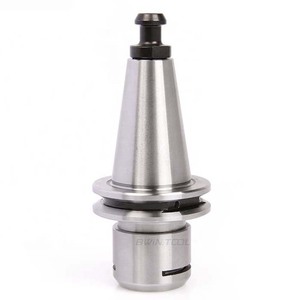







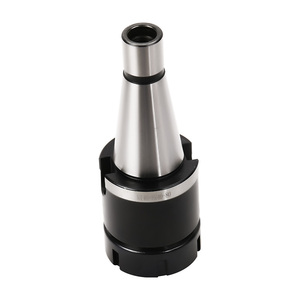




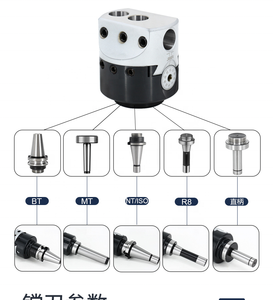



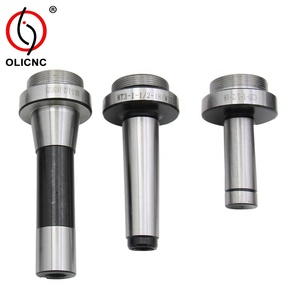

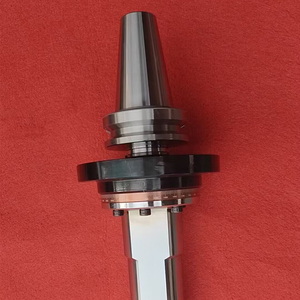









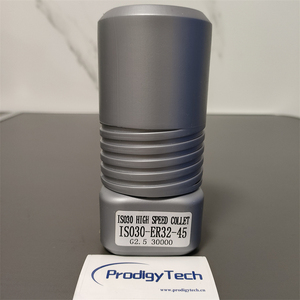



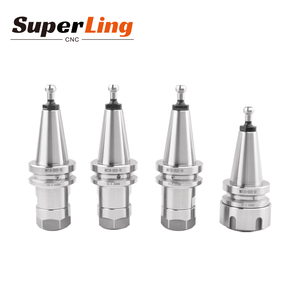


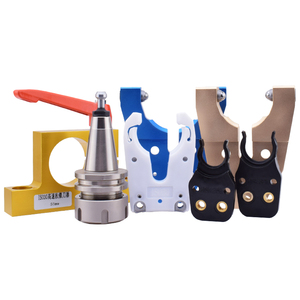




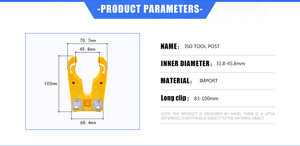
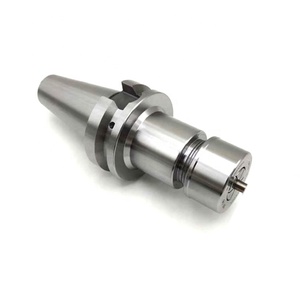
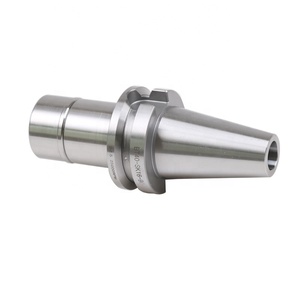



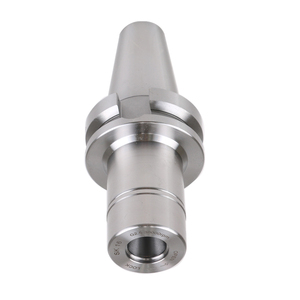

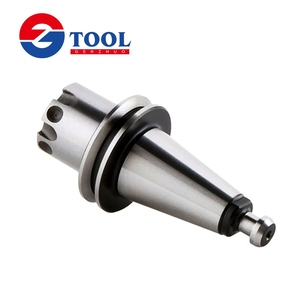
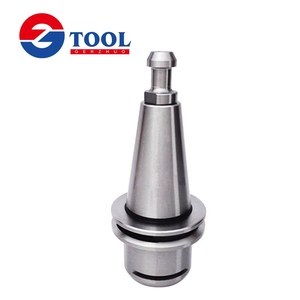



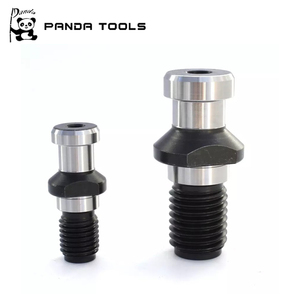

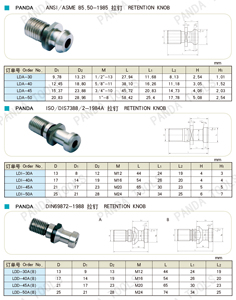
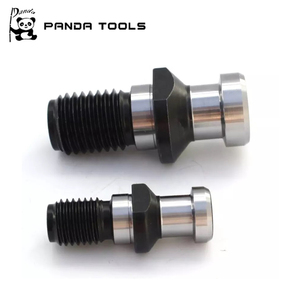
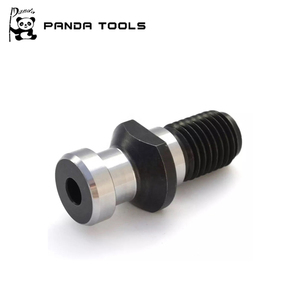

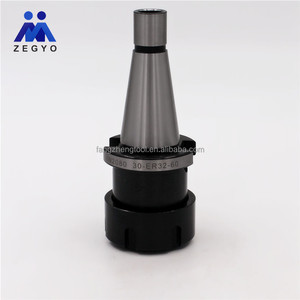
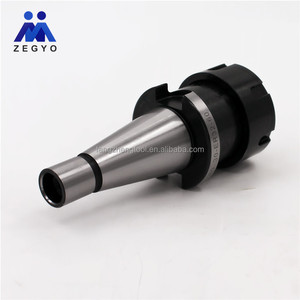
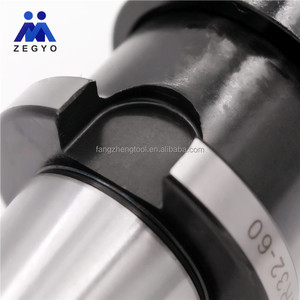


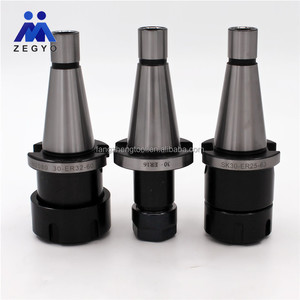

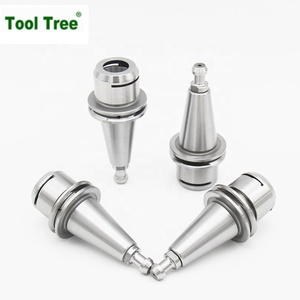
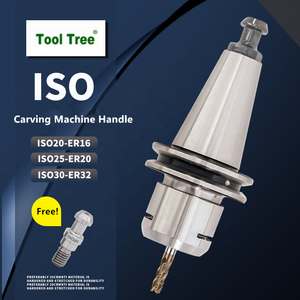


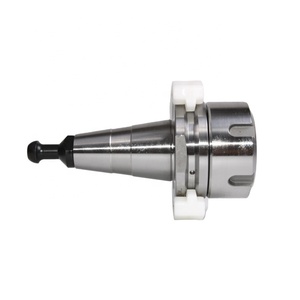




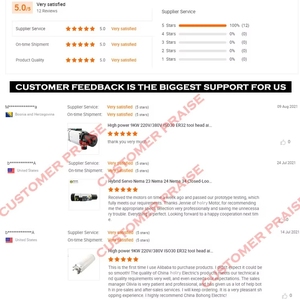



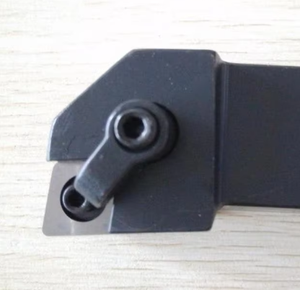











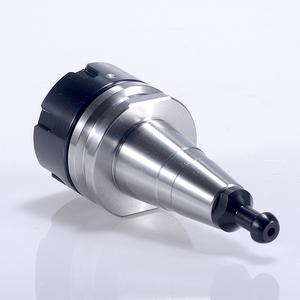
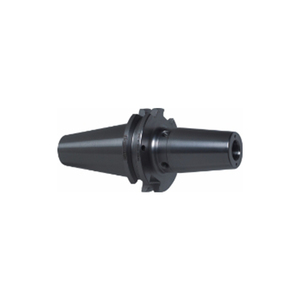








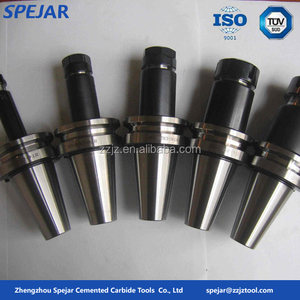


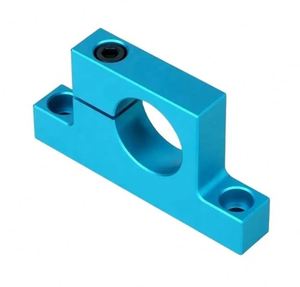
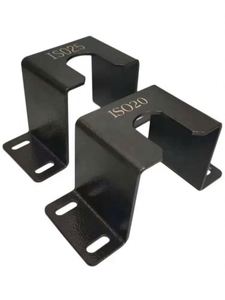


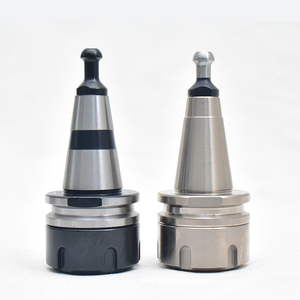
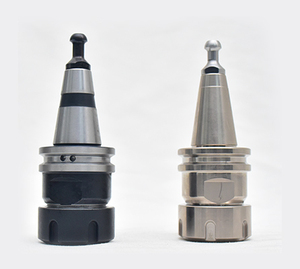











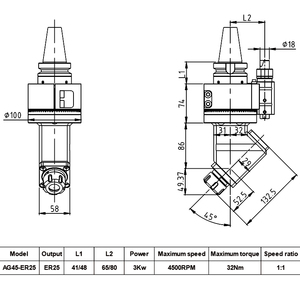


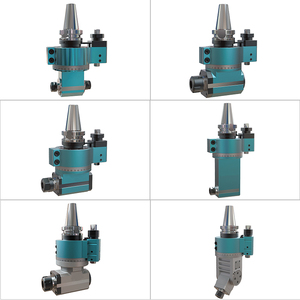










ISO tool holders are essential pieces of equipment for securely holding cutting tools in machining operations. Various types of ISO tool holders are designed to adapt to specific machines and meet distinct needs.
ISO Adapters
ISO adapters are used to convert from one taper specification to another. They are commonly used when the machining operations require different taper configurations. For example, an ISO 30 to BT 40 adapter will allow an ISO 30 machine to work with BT 40 tools.
Tool Holders with Internal Cooling
Specialized tool holders are designed to accommodate coolant passages to enable effective tool cooling during machining operations. These tool holders typically have an internal channel that can be connected to a coolant supply system in order to direct coolant to the cutting edge of the tool.
ISO Quick Change Tool Holders
Quick-change ISO tool holders simplify the tool change process by allowing the quick exchange of cutting tools without the need for tool holder changes. These tool holders typically have a clamping mechanism that securely holds the cutting tool and can be easily released with a single action.
ISO Tool Holder with Collets
Collet-type ISO tool holders use collets to hold cutting tools. The collet has high gripping power and can adapt to various tool shank sizes, thereby providing better flexibility. Moreover, collet-type ISO tool holders are suitable for precision machining requirements with high rotational accuracy and minimal runout.
ISO Tool Holder with Gearbox
Gearbox-type ISO tool holders incorporate a gearbox inside to provide speed variation. This kind of tool holder can adjust the speed output to the cutting tools, thus offering greater flexibility and adaptability in machining operations. Additionally, the gearbox can also provide higher torque to meet the needs of machining operations requiring more cutting force.
ISO tool holders are essential components in various industries, especially those that involve machining and milling applications. Here are some usage scenarios where ISO tool holders are commonly employed.
Metal Machining Industry
ISO tool holders are widely used in metal machining industries that involve cutting, shaping, and modifying metal materials. The machining industries use holders like the ISO boring bar holder to precisely cut metal.
Milling and CNC Machining
In CNC machining centers and milling machines, ISO tool holders are used to secure various cutting tools for milling operations. These machining operations include face milling, slot milling, and contour milling, among others.
Tool Holder Industry
ISOs are frequently used in the tool holder industry. Generally, different kinds of tool holders are used to match various machining needs. Adaptability and standardization are key parts of effective machining processes, so ISO tool holders help with that by ensuring compatible tool fastening systems.
Automotive Industry
The automotive industry does a lot of machining to make components for different vehicles, such as sedans, SUVs, and trucks, to name a few. Parts like the axle, engine blocks, transmission house, and cylinder head, to name a few, are made using ISO tool holders.
Aerospace Industry
Aerospace manufacturing often involves complex machining operations to produce precision components like aircraft frames, turbine blades, landing gear, and other critical parts. These components are made using ISO tool holders due to their accuracy and reliability.
Mold and Die Making
Mold and die-making industries use ISO tool holders to create injection molds, stamping dies, and prototypes. Parts like these require intricate machining, so they use precision machining. They also use ISO holders for their accuracy and ease of use.
Woodworking Industry
Tool holders with ISO standards are also used in the woodworking industry, especially for machining operations involving solid wood and engineered wood. The woodworking industry uses them for furniture production, cabinetry, and decorative molding production.
Composites Manufacturing
ISO tool holders are used in machining operations involving composite materials like carbon fiber, fiberglass, and other polymer-based composites. These materials are often used in the automotive and aerospace industries, to name a few.
Medical Device Manufacturing
Precision machining is required in the manufacturing of medical devices and equipment. Examples include machining components like surgical instruments, implants, and diagnostic devices. The precision required to make these components means that makers will use holders with accuracy and reliability.
When selecting ISO tool holders, several factors need to be considered to ensure the optimum performance of machining operations.
Machine Compatibility
The primary consideration when choosing an ISO tool holder is whether it matches the machine. Only when they are compatible can the tool holder function effectively. Because different machines require distinct tool holder designs, the holders may not only have other connector types but also different sizes and weights to meet particular tasks. Therefore, it is crucial to ensure that the ISO tool holder chosen fits the specific machine to guarantee seamless use and optimal performance.
Material and Durability
Durability and material selection are crucial for ISO tool holders, particularly for high-usage and intense application scenarios. Holders frequently experience significant stress and wear, so choosing a sturdy and long-lasting material is essential to ensure their extended life. Durable alloy steel or carbon steel is often used for ISO tool holders. It's worth noting that specific surface treatments, like heat treatment, can further improve a holder's strength, wear resistance, and toughness, thus enhancing its durability.
Tool Requirements
When selecting an ISO tool holder, it is essential to consider the specific tools and requirements. Different machining tools necessitate unique tool holders to ensure a secure fit and effective operation. For example, CNC machines may require specific types of ISO holders, like the ISO 40 tool holder, which is commonly used in CNC machining. Additionally, the size and weight of the holder should be sufficient to provide stability and balance for the particular machining tool.
Operating Environment
When choosing ISO tool holders, it is also essential to consider the operating environment. The holder's material, design, and sealing properties must be compatible with the specific working surroundings to ensure its efficient operation and extended lifespan. For instance, in high-temperature settings, it would be prudent to opt for tool holders made from heat-resistant materials or those possessing heat-resistant traits.
Q1. Which tools are commonly used with tool holders?
A1. They are used with tooling bits, drill bits, taps, reamers, and other specialized tools.
Q2. What are the current trends in tool holder design?
A2. The current trends include increasing demand for high-quality, durable tools, automation and intelligent integration, and the popularity of customizable tools.
Q3. Are all tool holders universal for each machine?
A3. No, tool holders are not universal. Each machine requires specific holders that match the spindle and tooling.
Q4. How do IS0 holders work?
A4. IS0 tool holders connect to the spindle using an easy-lock mechanism. The tool is placed in the holder and secured.
Q5. What is the difference between IS0 and taper tool holders?
A5. The IS0 taper tool holders use a straight taper, whereas taper tool holders, also known as NMTB, use an inverse taper. The straight taper provides better holding power and rigidity.